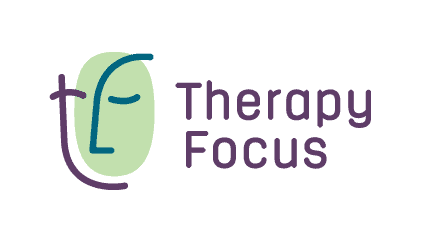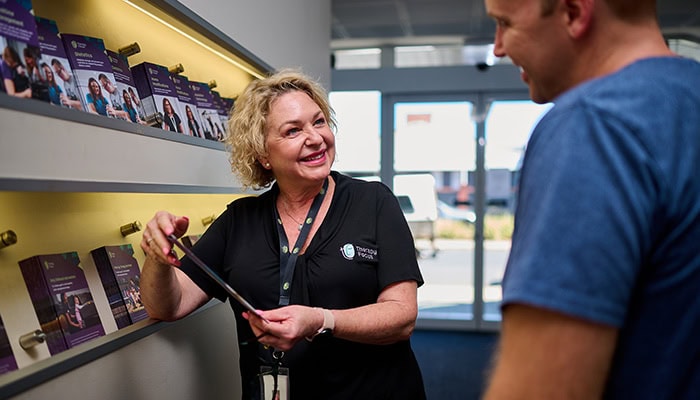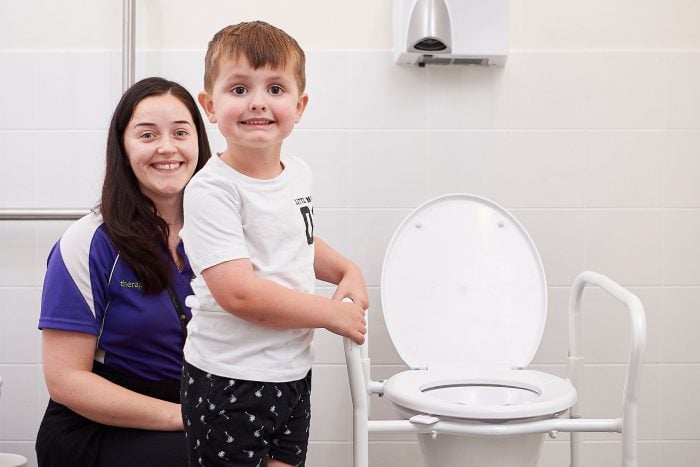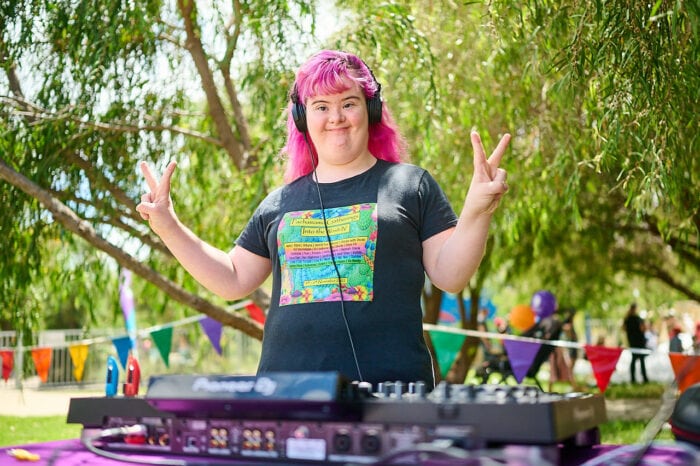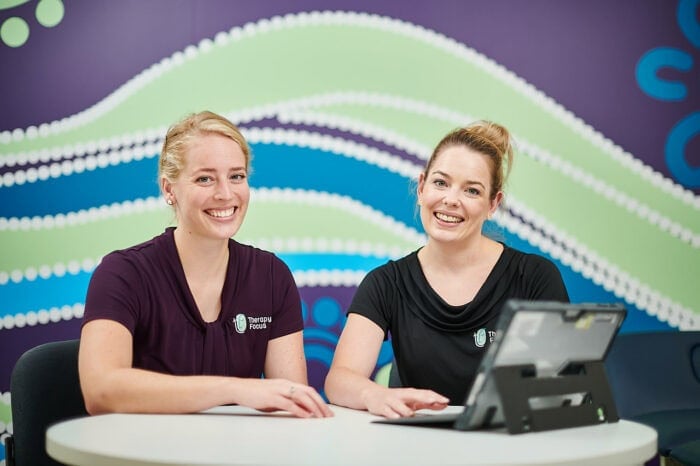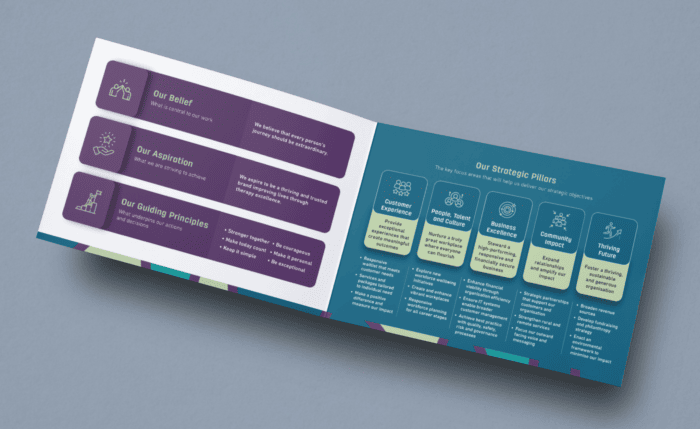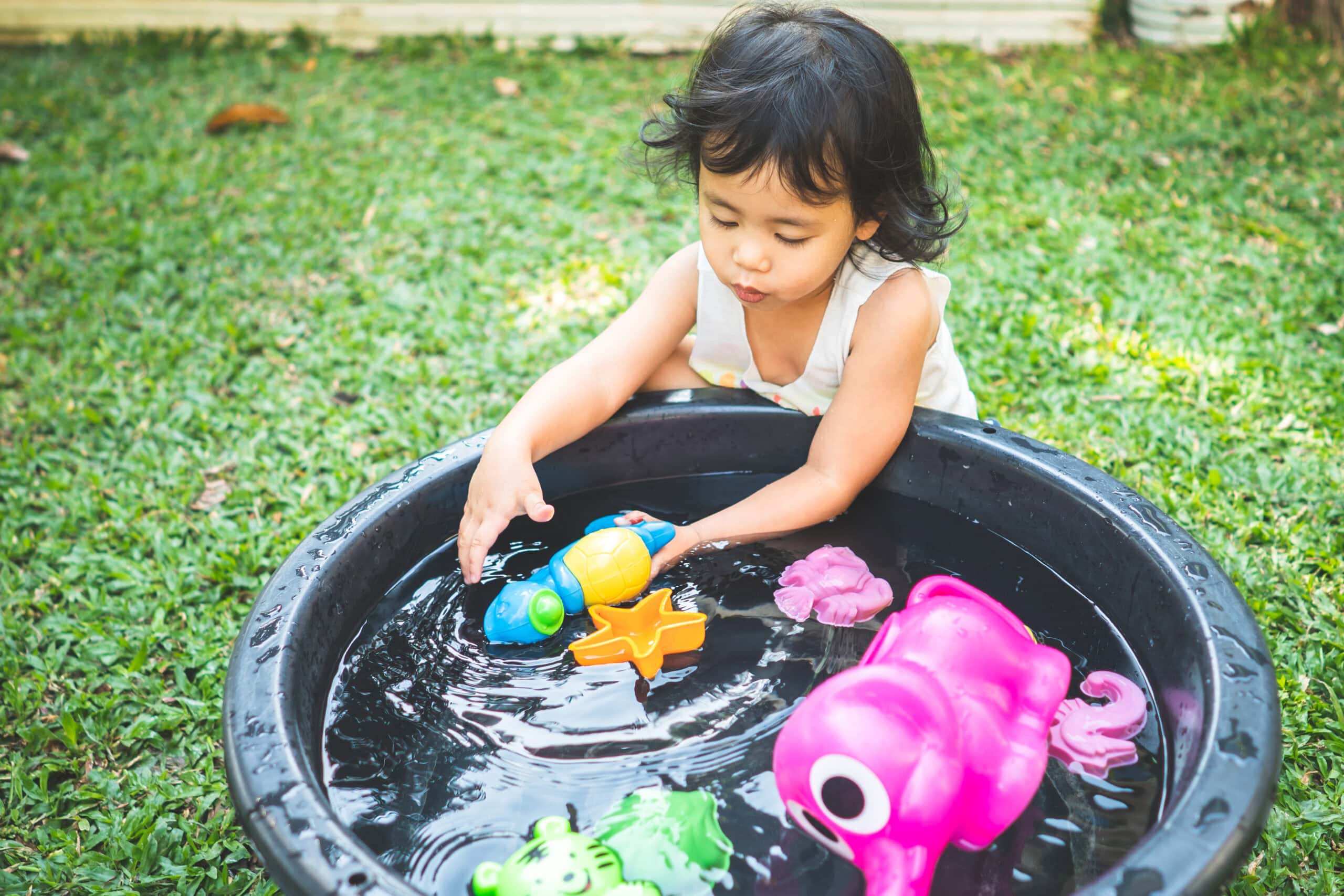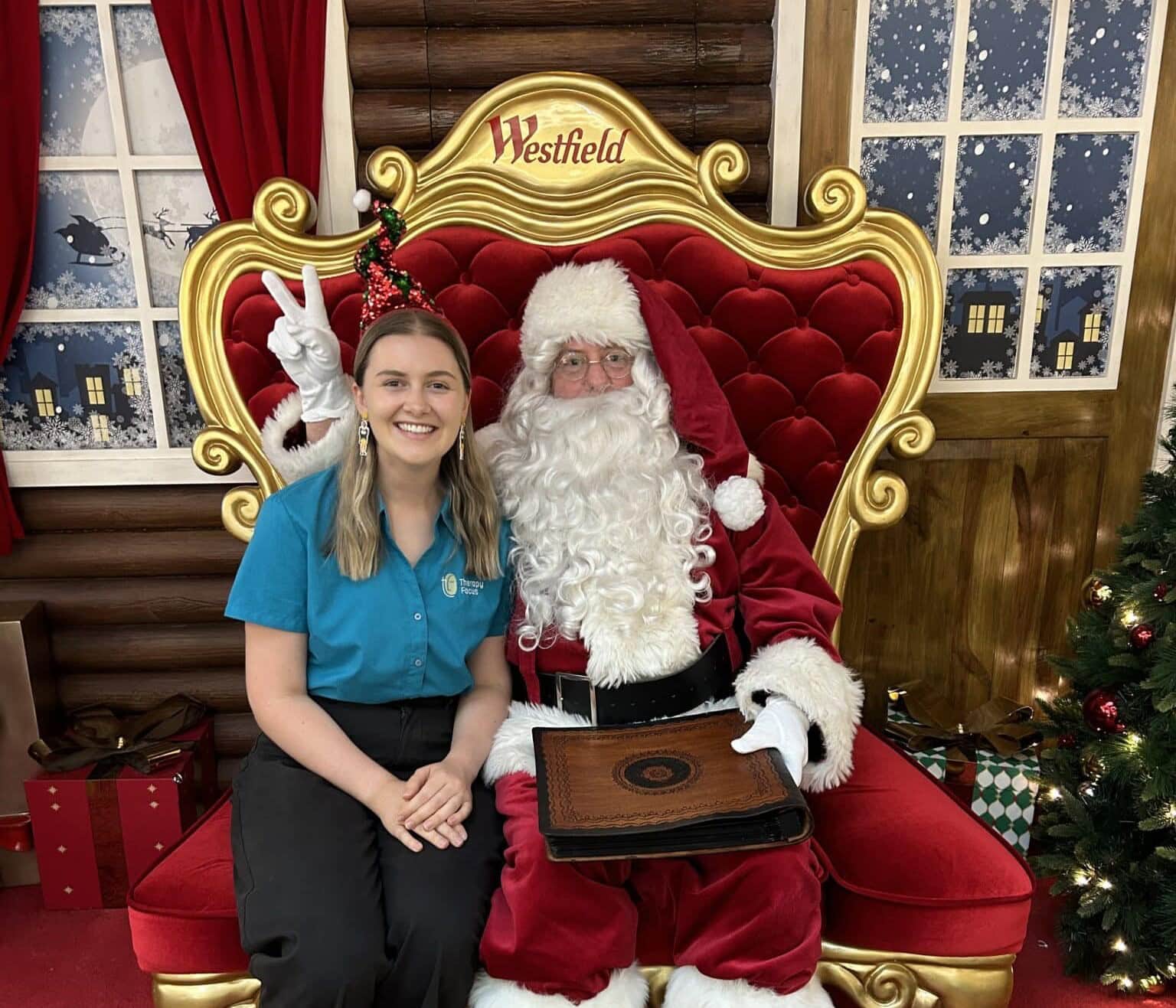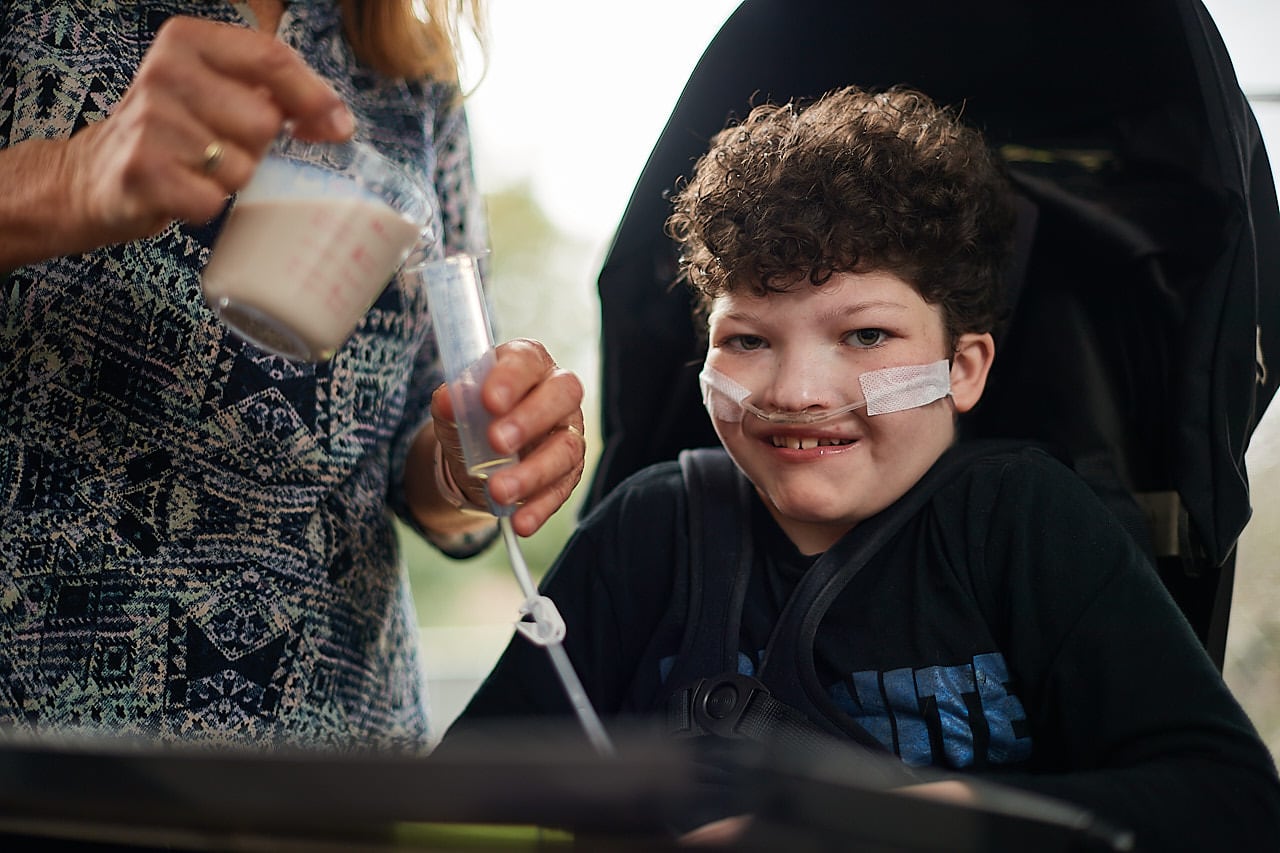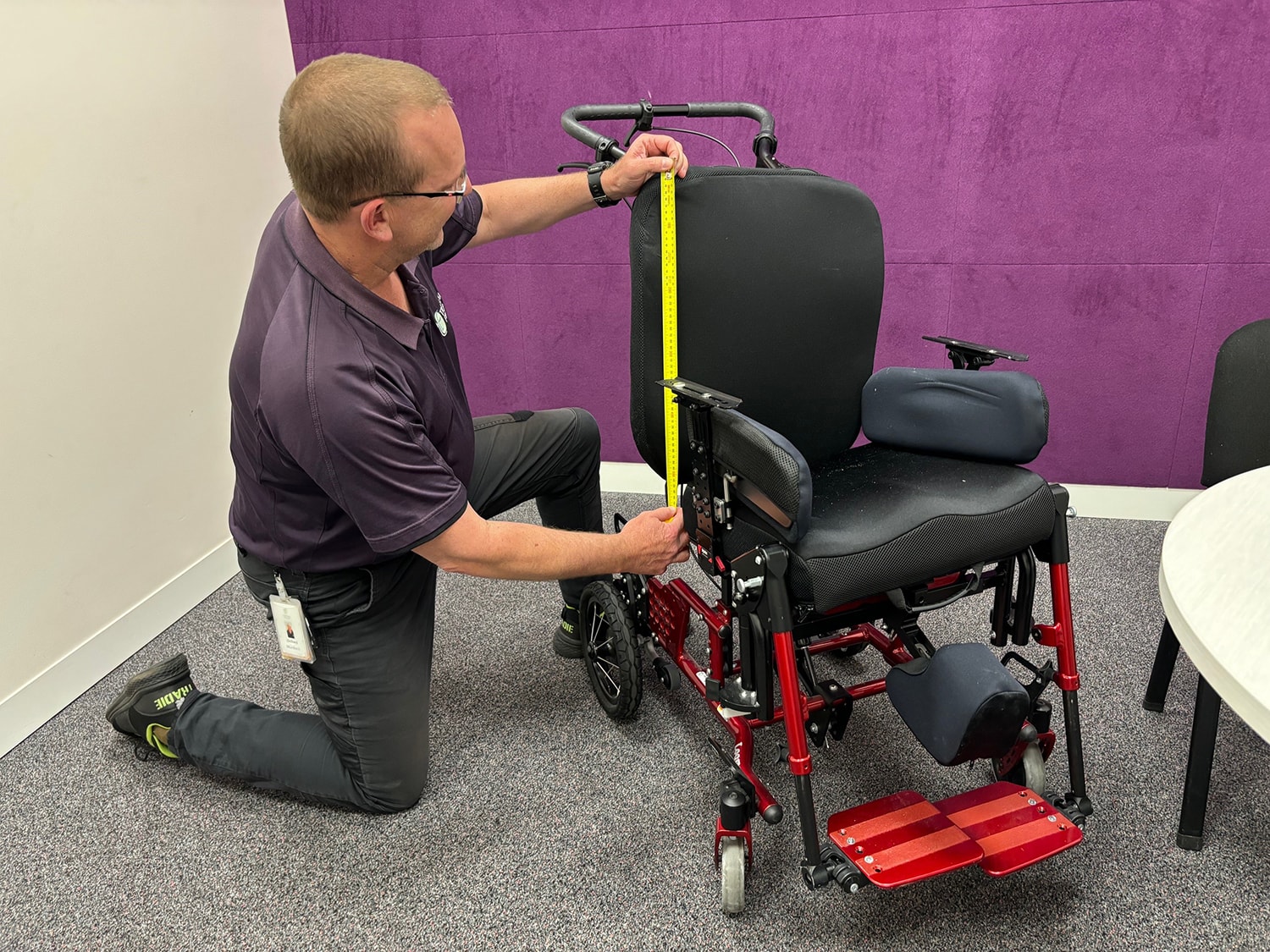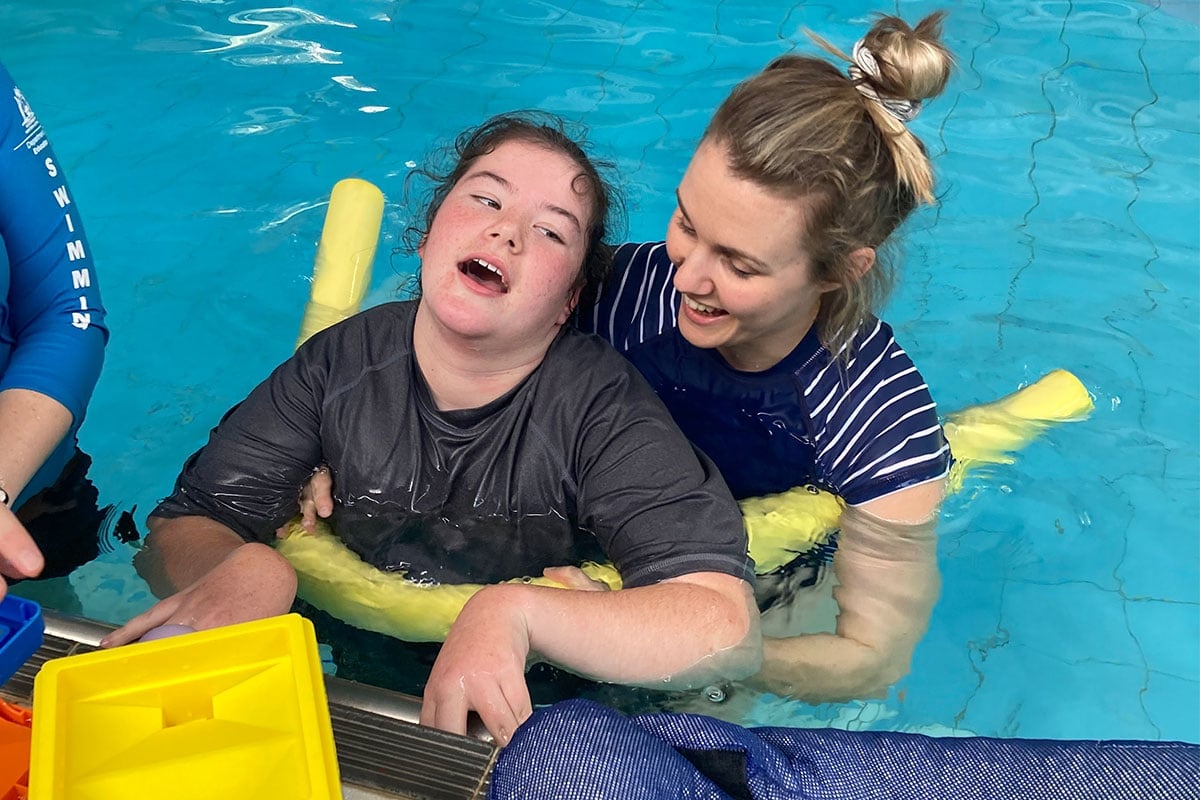Funding options for continence aids
Our specialist team often hear the question; ‘what funding is available for continence aids like nappies, pull ups, modified swimwear and mattress protectors – among other things?’
There a few different funding options available for continence aids, but it’s important to check that you meet eligibility criteria to see whether it’s the right option for you.
Continence Aids Payment Scheme (CAPS)
The Continence Aids Payment Scheme is a yearly payment provided by the Commonwealth Government to cover some of the cost of products required to help manage incontinence.
If you are eligible you can receive a subsidy of up to $533.50 paid in either 1 or 2 payments per year.
Eligibility criteria
To receive funding under the Continence Aids Payment Scheme (CAPS) you must:
- be 5 years or older, and
- have permanent and severe bladder or bowel incontinence.
You must also have either:
- an eligible neurological condition, listed on the bladder and bowel website, or
- another eligible condition listed on the bladder and bowel website, and a Pensioner Concession Card from us or the Department of Veterans’ Affairs.
For more information and to apply, visit the Department for Human Services website.
Incontinence Pad Scheme (IPS)
The Incontinence Pad Scheme is a product subsidy scheme specifically for children to help with meeting the costs of continence products. The scheme is managed by Independence Australia and funded by the Department for Communities, Disability Services.
Eligibility criteria
To receive funding under the Incontinence Pad Scheme, you must meet the following criteria:
- be between 3-16 years
- have a disability
- be a Permanent Resident or Citizen (or visa subclass 444 for NZ citizens)
- be a Permanent Resident of WA
- the family must be receiving a carer’s allowance
- the family must produce a letter from a GP, continence nurse or medical specialist stating the child has incontinence, and
- can access CAPS
If you qualify, you can receive a product subsidy of $490 per year. All money goes towards products rather than a cash payment. To apply, fill out an application form on the Independence Australia website.
Continence Management and Support Scheme (CMASS)
The Continence Management and Support Scheme is a product subsidy scheme specifically for adults to help with meeting the costs of continence products. The scheme is managed by Independence Australia and funded by the Department for Communities, Disability Services.
Eligibility criteria
To receive funding under the Continence Management and Support Scheme, you must meet the following criteria:
- be aged 16 years+
- have a defined chronic or intractable continence condition (lasting 6 months+)
- hold a Pensioner Concession Card or low-income health care card (people over 16 years+ who have been receiving CAPS may be eligible for a subsidy from CMASS)
- be a Permanent Resident of WA, and
- must contact a CMASS registered continence professional or Silver Chain and arrange an assessment to access to funding. A prescription will then be provided to Independence Australia.
If you qualify, you can receive $490 per year from date of your first assessment. If the funding limit is reached, you can still continue to purchase the same products at the same contracted price from Independence Australia.
If you are registered participant under the National Disability Insurance Scheme (NDIS), you will need to request funding for continence products in your NDIS planning meeting and have it included in your plan. Please talk to you NDIS planner, Local Coordinator, or Therapy Focus to find out what funding options are available to you as an NDIS participant.
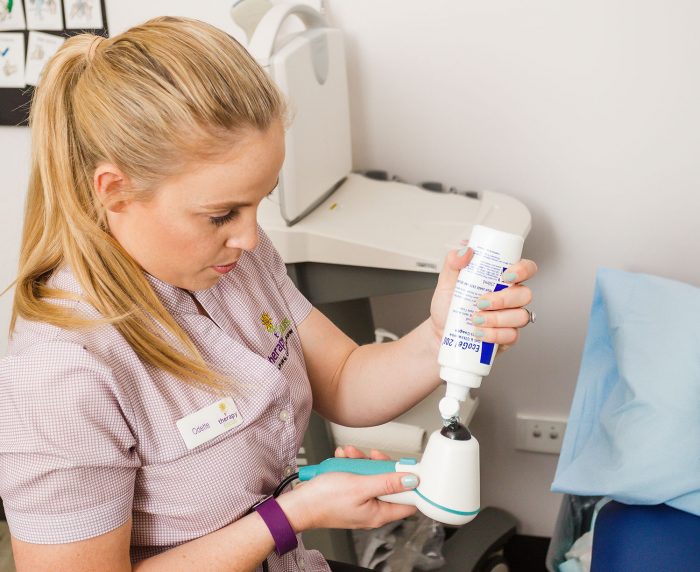
Pictures: A therapist prepares for an ultrasound procedure
Don’t put off access valuable continence products because you don’t want to have ‘that’ conversation. Continence needs to be talked about. If something doesn’t feel right, it’s important to have a conversation with a healthcare professional.
Continence Physiotherapy
At Therapy Focus, our Continence Physiotherapists can support children and adults who experience incontinence and toileting challenges.
